The white flowered dogwood (Cornus florida) in the front garden has suffered various maladies over recent decades, but none threaten its survival, it seems. While a number of galls are concerning, most disappointing is the annual leaf spotting and powdery mildew by mid-summer that deforms leaves and diminishes autumn leaf coloring.

Spring flowering is not diminished, so it follows that the annual crop of red berries is much the same. The garden is not irrigated, and no fungicides or pesticides are applied other than an organic deer repellent, so leaf spots and whatever superficial blemishes are part of the garden to be observed, and sometimes to wonder why a caterpillar or beetle is missing this year. With our dependable summer humidity and rainfall, fungi rarely miss a year.

Typically, I have no use for dwarf shrubs, preferring the full size versions to grow and occasionally to become nuisances when they out grow their designated spaces. But, I have noticed the heavy berry set of ‘Red Sprite’ winterberry hollies (Ilex verticillata ‘Red Sprite’, above) in other gardens, and how could I resist? An area along the garden’s forested border has become consistently damp in recent years, though there are also prominent surface roots from swamp maples (Acer rubrum) that have nearly choked out the thin lawn. This seemed a perfectly suited spot for the winterberries, and while the full sized shrub would work just as well here, there’s no better place to view the berries as I stroll the garden in autumn.

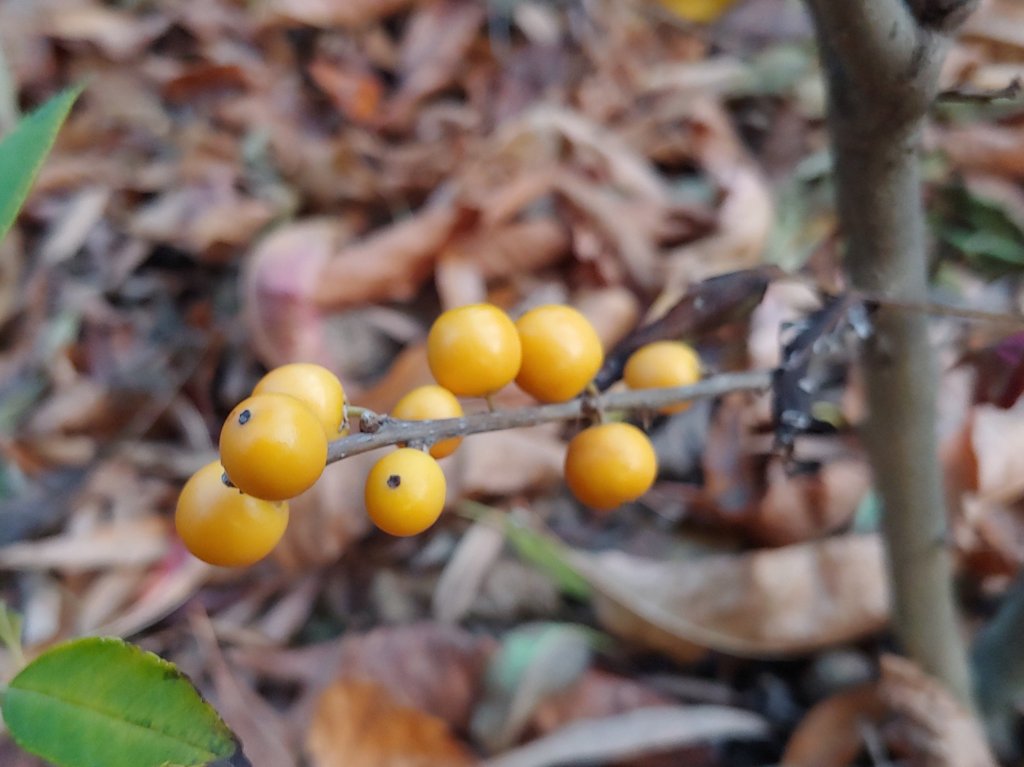
A yellow berried winterberry (Berry Heavy Gold, above) should be a welcome addition once it grows above long established neighbors. This area is a mix of deciduous azaleas and hollies, with a large evergreen ‘Robin’ holly (below) in the background. I rarely give a forethought about anything I do, but I envision a time in just a few years when the late spring flowering and quite fragrant azaleas are followed by masses of red and yellow berries.
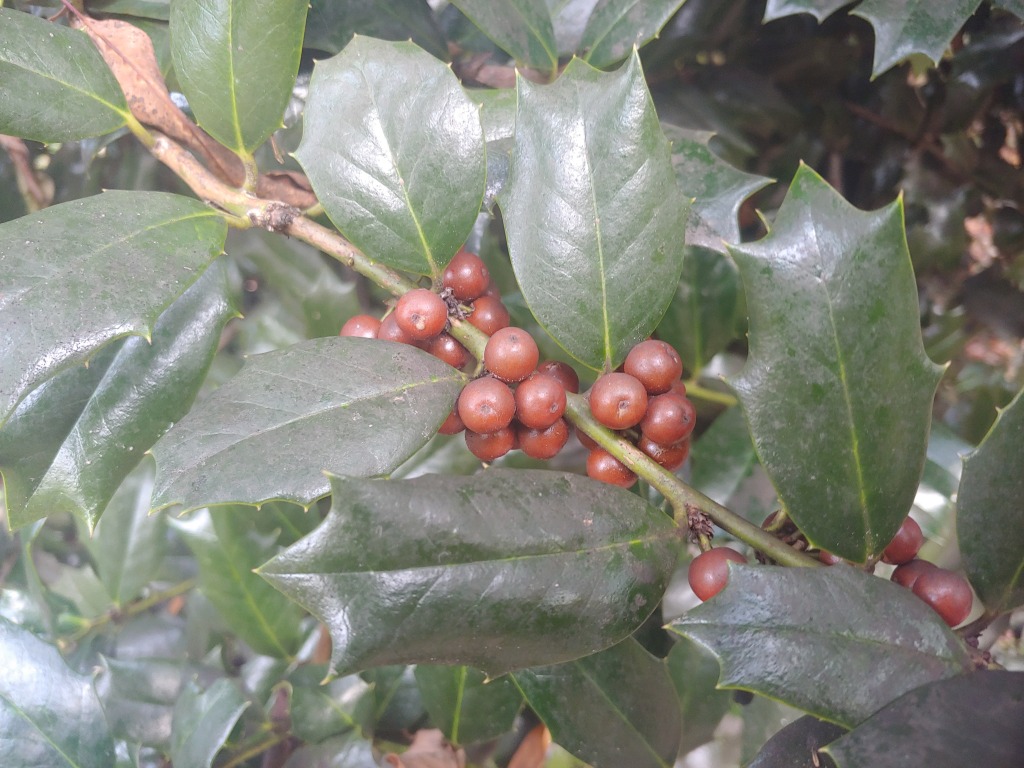
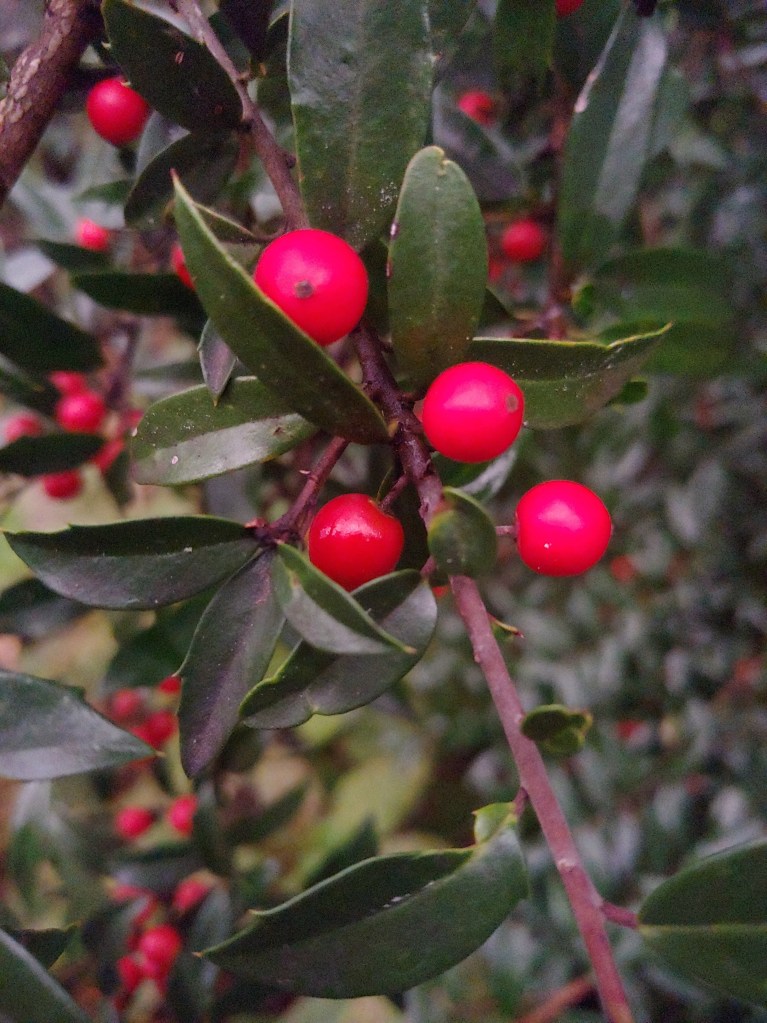


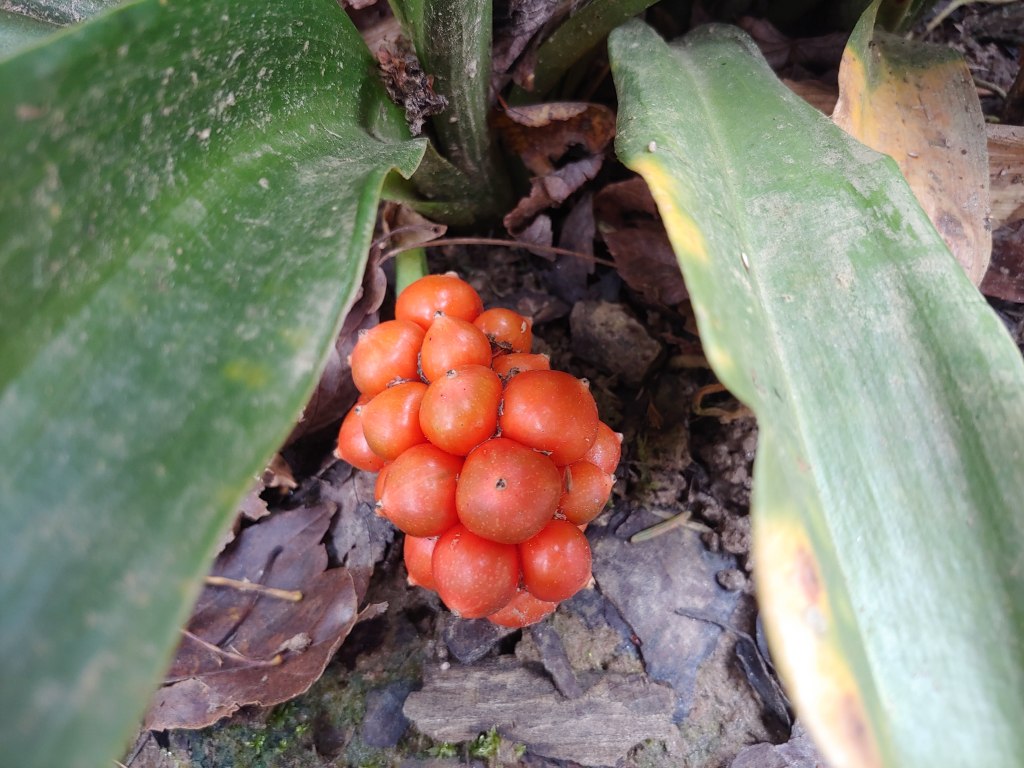
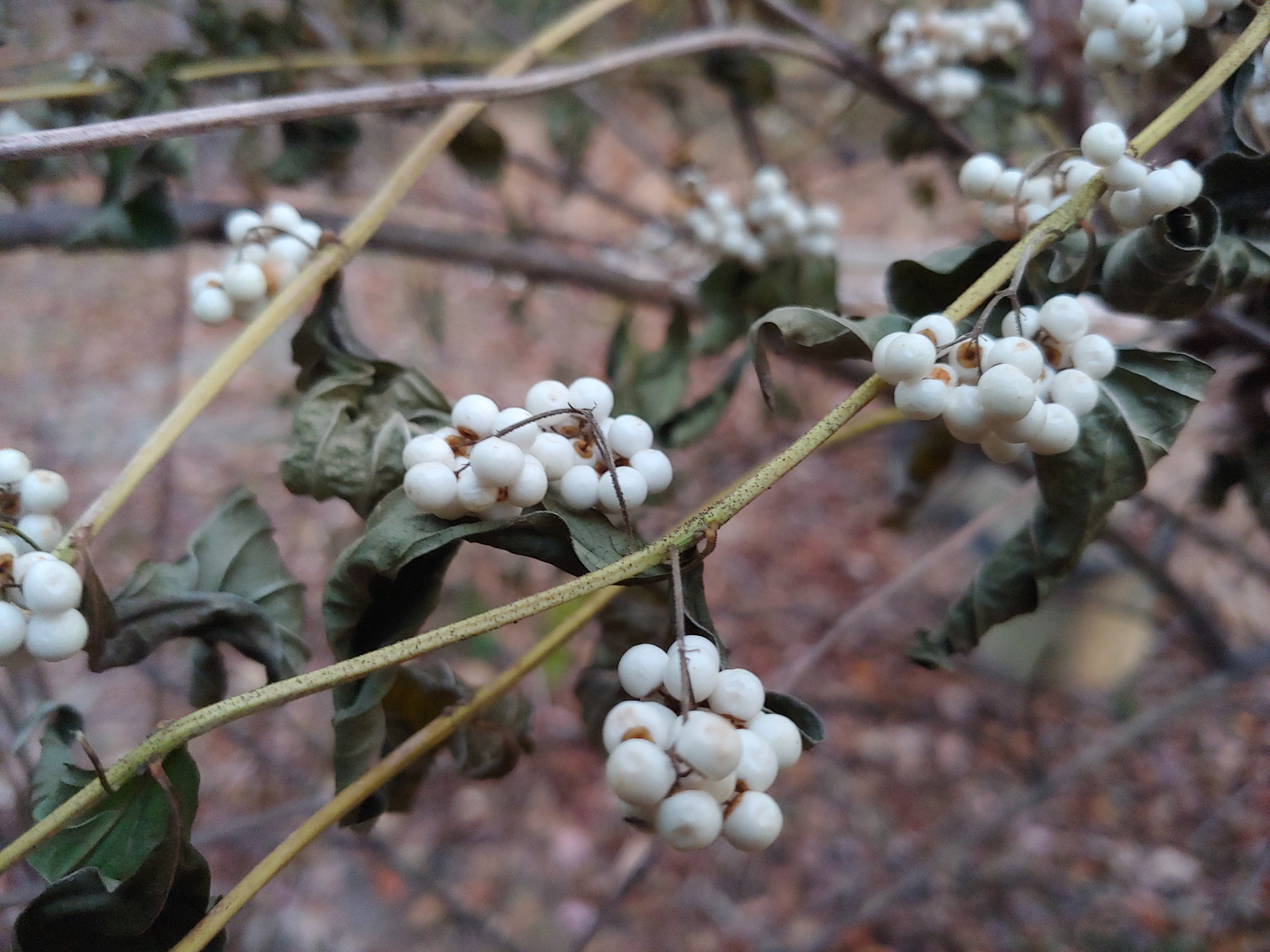

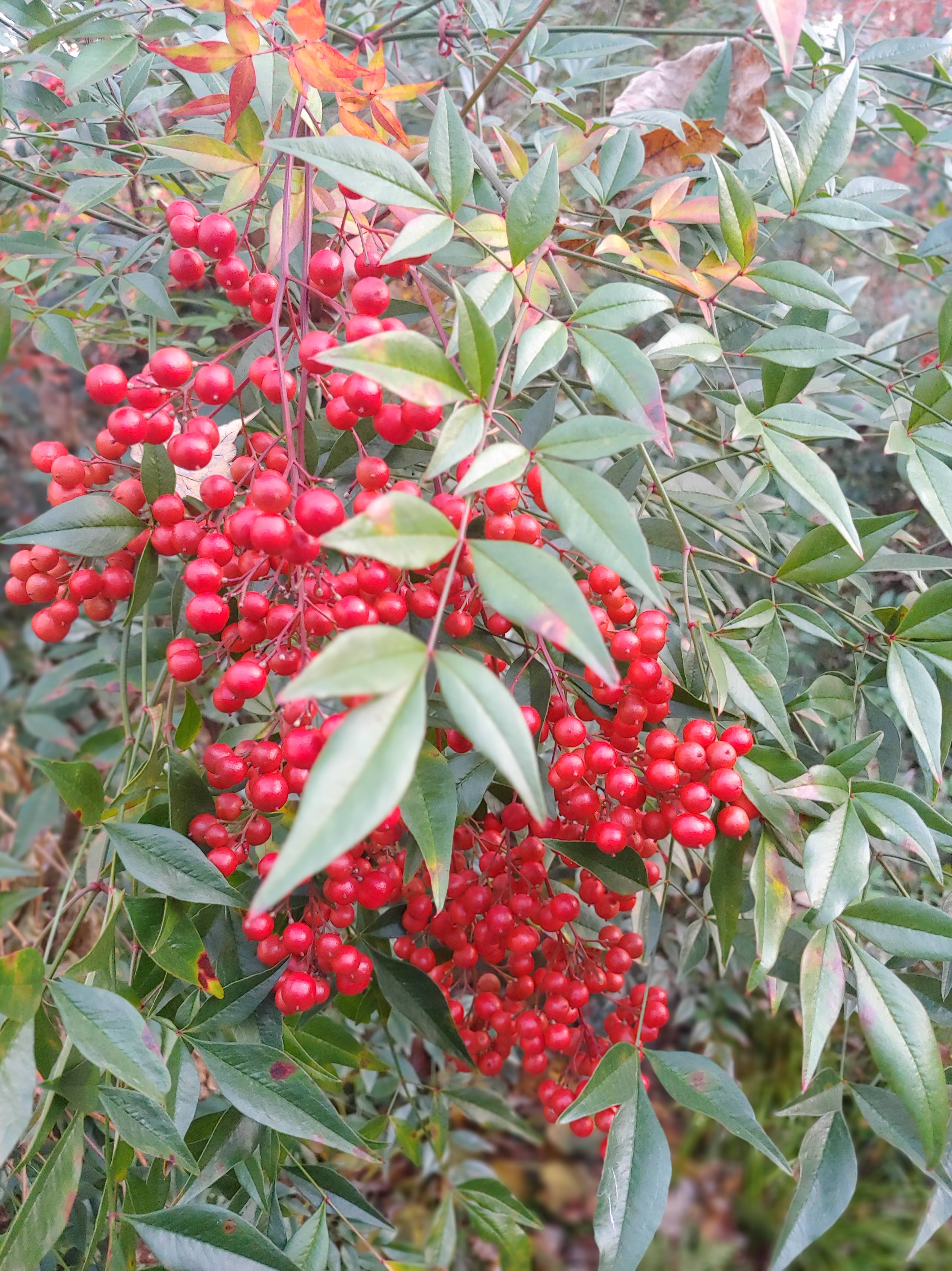
These berry bushes sure add a nice touch of color to the garden after the leaves have fallen, and the flowers are gone. I keep thinking I should plant more!
Without planning, an area along the driveway became home to a variety of red berried hollies, fragrant, deciduous azaleas in varied colors, and red, orange, and yellow winter flowering witch hazels. I finally noticed and have added a few more azaleas and two yellow berried winterberries so there is color through much of the year.
Are the yellow winterberries the ones you showed in your posting?
Yes. Still small, but planted next to the male pollinator so there should be plenty of berries.